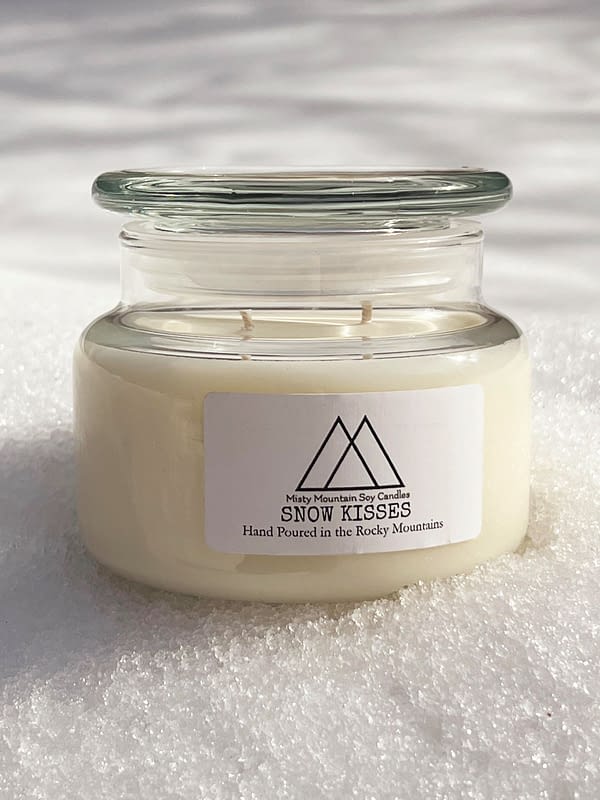42 snowflake create policy
This feature requires Enterprise Edition (or higher). To inquire about upgrading, please contact Snowflake Support. Creates a new masking policy in the current/specified schema or replaces an existing masking policy. After creating a masking policy, apply the masking policy to a column in a table using an ALTER TABLE …. Step 1. Create a table in Snowflake. CREATE OR REPLACE TABLE Employee (emp_id INT, emp_name varchar,emp_address varchar); Step 2. Create an identity column or sequence on the table. Here, I am creating a sequence. create sequence if not exists emp_id; Step 3. Create a stored procedure like below.
In this video, I will walk though the steps to create Network Policies in snowflake to restrict access to your snowflake instance. Steps: Login as user with account admin role and switch to the role. Go to Account Tab. Go to Policies Tab. Create a Policy. Activate the Policy.

Snowflake create policy
Create a network policy named mypolicy1 with the following properties: Allow all IP addresses in the range of 192.168.1.0 to 192.168.1.255 (via CIDR notation 192.168.1.0/24 ), except 192.168.1.99, which is explicitly blocked. Deny all other IP addresses. Step 3: Add Snowflake from the Azure AD application gallery. Add Snowflake from the Azure AD application gallery to start managing provisioning to Snowflake. If you previously set up Snowflake for single sign-on (SSO), you can use the same application. However, we recommend that you create a separate app when you're initially testing the ... Apply a Row Access Policy to a Table or View. Column-level Security Masking Policies. External Tables. Streams. Views. Materialized Views. CREATE TABLE ...
Snowflake create policy. Snowflake provides out-of-the-box network access control via "network policies", allowing users to restrict account access to specific IP addresses. The level of granularity can be account-level and user-specific (bear in mind that user settings take precedence when you assign policies for both). Free trial. Try Snowflake free for 30 days and experience the Data Cloud that helps eliminate the complexity, cost, and constraints inherent with other solutions. Available on all three major clouds, Snowflake supports a wide range of workloads, such as data warehousing, data lakes, and data science. rap_test2. The name of the row access policy. (n number, v varchar). The signature for the row access policy. If this policy is added to a database object and either of the specified columns are included in the query on the database object, Snowflake does not return the row in the query result. You can then create a DNS forwarding rule for the Snowflake account in your on-premise DNS. After you've configured private connectivity, if you want to block access to the public endpoint, then you can create an account level network policy allowing only your network's private IP range to connect into Snowflake.
In Snowflake, masking policies are schema-level objects, which means a database and schema must exist in Snowflake before a masking policy can be applied to a ... 1) Rights to modify Snowflake account parameters and create new users. 2) Microsoft Azure -subscription for enabling AzureAD Single Sign-On to Snowflake. 3) Windows Server connected to Active Directory and snowsql installed. 4) This script which sync's users from AD. Huge thanks to James Weakley. Auto Scaling: Snowflake starts and stops clusters as needed to dynamically manage the workload on the warehouse. As always, in Snowflake a user can either leverage the user interface or use SQL to specify the minimum/maximum number of clusters per multi-cluster DW: Create Warehouse UI wizard So far you can create the masking policy and grant the privilege to apply it but you can actually apply it on table columns yet that is the missing link might be nice if there was a table data source and you use it in in an alter table resource to apply the masking.
Creating OU and Snowflake role structure. Choose or create a new Organizational Unit (OU) for Snowflake users. This will be the container for roles that you can use to grant rights inside Snowflake. Although this is the most straightforward phase in the whole process, use time to consider the roles (groups) to have and use. ... Behavior Change Policy. To provide the best experience and value to our customers, Snowflake is continually improving and enhancing our service offerings. As part of these ongoing efforts, Snowflake must sometimes make changes to product behavior. To minimize the impact of these behavior changes on production accounts, and to ensure consistent ... The Snowflake Account: Create Schema: A database called Sales_DB: Select: A table called Log_Events: I call the combination of these a scoped privilege. I don't think anybody else uses that term, but it helps to think of it as one thing so I gave it a name. What you can do is a privilege. Overview ¶. By default, Snowflake allows users to connect to the service from any computer or device IP address. A security administrator (or higher) can create a network policy to allow or deny access to a single IP address or a list of addresses. Network policies currently support only Internet Protocol version 4 (i.e. IPv4) addresses.
Snowflake supports row-level security through the use of row access policies to determine which rows to return in the query result. We can can include conditions and functions in the policy expression to transform the data at query runtime when those conditions meets. A single policy can be apply on different tables and views at the same time.
When a network policy includes values for both ALLOWED_IP_LIST and BLOCKED_IP_LIST, Snowflake applies the blocked list first.. Do not add 0.0.0.0/0 to BLOCKED_IP_LIST.Because Snowflake applies the blocked list first, this would block your own access. Additionally, in order to block all IP addresses except a select list, you only need to add IP addresses to ALLOWED_IP_LIST.
Having created the SALES and ENTITLEMENTS tables, we need to create the Snowflake Row Access Policy to restrict who can view data and the SQL below shows an example of the code needed. create or replace row access policy sales_by_region as (sales_region varchar) returns boolean -> exists ( select 1 from entitlements e where e.domain = 'SALES ...
How to Create a Snowflake Virtual Warehouse? Creating a Snowflake Virtual Warehouse is a fairly simple process. Follow the steps given below to do so: The SQL script given below demonstrates how to create a SMALL Snowflake Virtual Warehouse that will automatically suspend after 10 minutes and resume immediately once queries are executed.
The database administrator can easily define the data masking policy using SQL statements from Snowflake Worksheet (or from any supported client, like SnowSQL): SQL. xxxxxxxxxx. 1. 1. create ...
Pour plus d'informations, voir CREATE MASKING POLICY. Vous ne pouvez pas modifier la signature de la politique (c'est-à-dire le nom de l'argument ou le type de données d'entrée/sortie) en utilisant CREATE OR REPLACE ROW ACCESS POLICY si la politique est attachée à une table ou à une vue, ou en utilisant ALTER ROW ACCESS POLICY.
create network policy "MyPolicy" allowed_ip_list=(' 192.168.1./24 ') blocked_ip_list=('192.168.1.99') For activating the network policy, we need to run: alter account set network_policy = "MyPolicy" Network policy is getting created with mixed case but not able to activate it. For activation, it searches for upper case network policy.
Snowflake has recently announced a barrage of new amazing platform features now available for public of private preview. One of these features - dynamic data masking - is an essential tool allowing to address the never-ending issue of sensitive data protection. ... We would create a masking policy as follows: CREATE OR REPLACE MASKING ...
Manage your scans - edit, delete, or cancel. To manage or delete a scan, do the following: Go to the Purview Studio. Select the Data Map tab under the left pane. Select the desired data source. You will see a list of existing scans on that data source under Recent scans, or can view all scans under the Scans tab.
To inquire about upgrading, please contact Snowflake Support. Creates a new session policy or replaces an existing session policy. A session policy defines the idle session timeout period in minutes. Administrators can optionally set different timeout values for the Snowflake web interface and other Snowflake clients.
To inquire about upgrading, please contact Snowflake Support. This topic provides instructions on how to configure and use Dynamic Data Masking in Snowflake. Using Dynamic Data Masking. Step 1: Grant Masking Policy Privileges to Custom Role. Step 2: Create a Masking Policy. Step 3: Apply the Masking Policy to a Table or View Column.
Snowflake supports masking policies as a schema-level object to protect sensitive data from unauthorized access while allowing authorized users to access ...
Join our community of data professionals to learn, connect, share and innovate together
Apply a Row Access Policy to a Table or View. Column-level Security Masking Policies. External Tables. Streams. Views. Materialized Views. CREATE TABLE ...
Step 3: Add Snowflake from the Azure AD application gallery. Add Snowflake from the Azure AD application gallery to start managing provisioning to Snowflake. If you previously set up Snowflake for single sign-on (SSO), you can use the same application. However, we recommend that you create a separate app when you're initially testing the ...
Create a network policy named mypolicy1 with the following properties: Allow all IP addresses in the range of 192.168.1.0 to 192.168.1.255 (via CIDR notation 192.168.1.0/24 ), except 192.168.1.99, which is explicitly blocked. Deny all other IP addresses.







































Belum ada Komentar untuk "42 snowflake create policy"
Posting Komentar